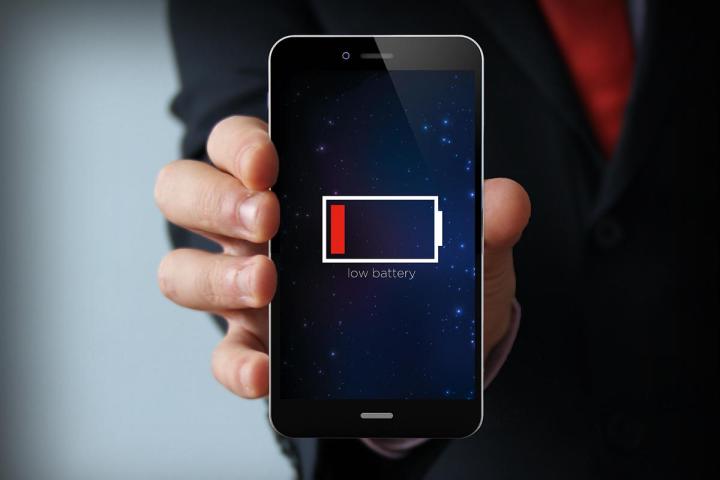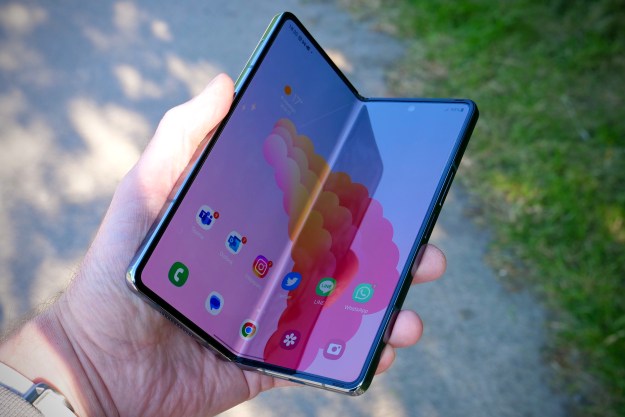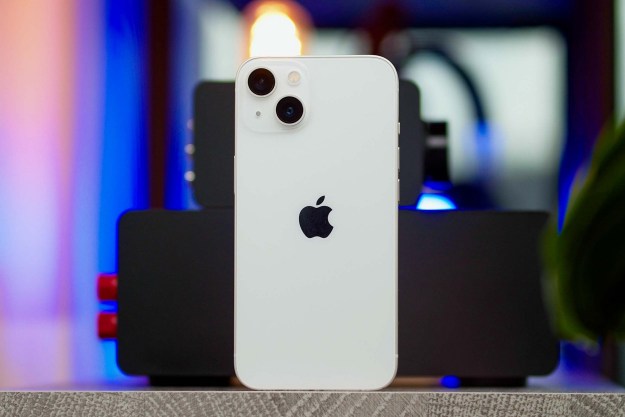
Lithium-Ion, or Li-Ion, batteries all contain carbon black, but for years, it hasn’t been considered all that important. According to a phys.org piece on the research, scientists were never concerned about the quality or size of the carbon black nanoparticles that get mixed together with the cathode particles that make the batteries work. It was just there.
That’s the area a ten-person strong research team focused on, and after two years, came up with a surprising result. Sophie Meyer, who along with Yiyang Li, conducted a long series of experiments, and found the industry standard amount of carbon black, 5-percent, wasn’t enough for efficient operation.
By increasing the amount of carbon black used in a lithium-ion battery, charging time decreased and efficiency increased. To get to that stage, the team produced hundreds of their own batteries, all with different amounts of carbon black, and analyzed each to see how performance was affected. Meyer is working on her master’s degree in materials science and engineering, and said “it was the hardest work she ever loved.”
It was also pretty messy. She describes carbon black as “a sloppy black goop” that would have to be spread out as a 20 to 60 micron thick film, ready to be dried out. Even the mixing was subject to many different experiments, ranging from the temperature, the length of time it was mixed, and even how it was mixed. “We kept at it,” she said, “We were able to resolve a fundamental question of science.”
We all want faster charging and more efficient power delivery from our batteries, and although this research sounds like step in that direction, it’s not perfected yet. Increasing the amount of carbon black means decreasing the amount of cathode particles, which affects how the battery holds a charge. The team is now looking for the right balance between the two states.
Editors' Recommendations
- Lithium-ion is just the beginning. Here’s a peek at the future of batteries
- Decades later, inventors of lithium-ion battery win Nobel Prize in Chemistry




